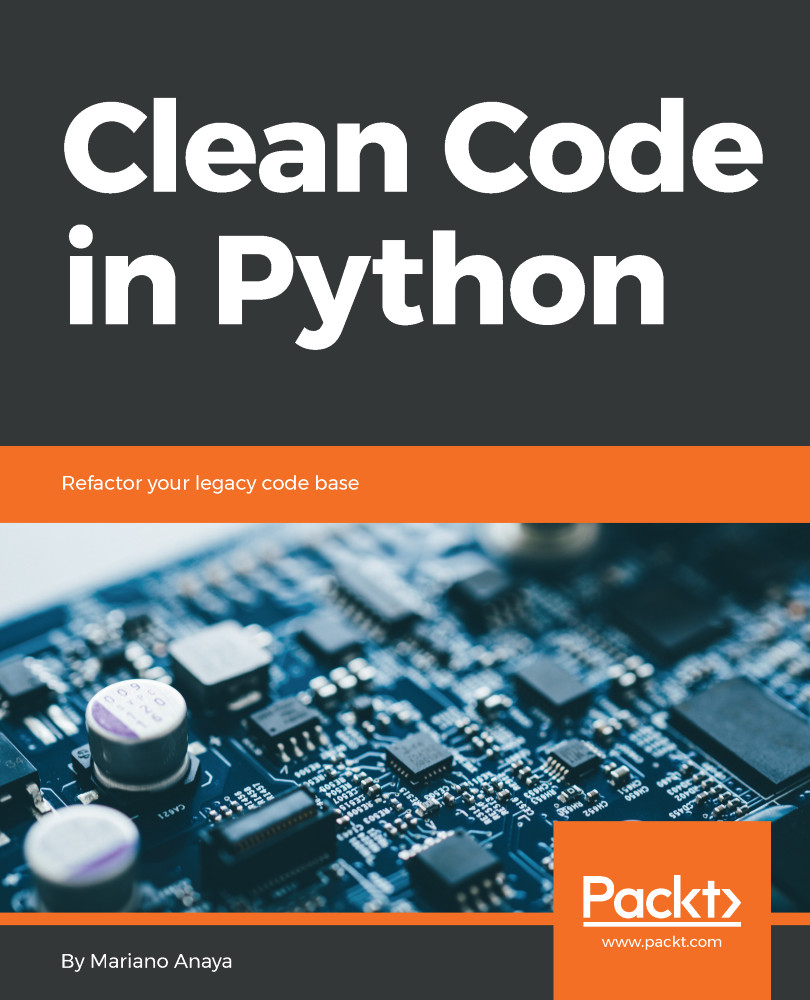We have seen the world of design patterns in Python, and in doing so, we have found solutions to common problems, as well as more techniques that will help us achieve a clean design.
All of this sounds good, but it begs the question, how good are design patterns? Some people argue that they do more harm than good, that they were created for languages whose limited type system (and lack of first-class functions) makes it impossible to accomplish things we would normally do in Python. Others claim that design patterns force a design solution, creating some bias that limits a design that would have otherwise emerged, and which would have been better. Let's look at each of these points in turn.


